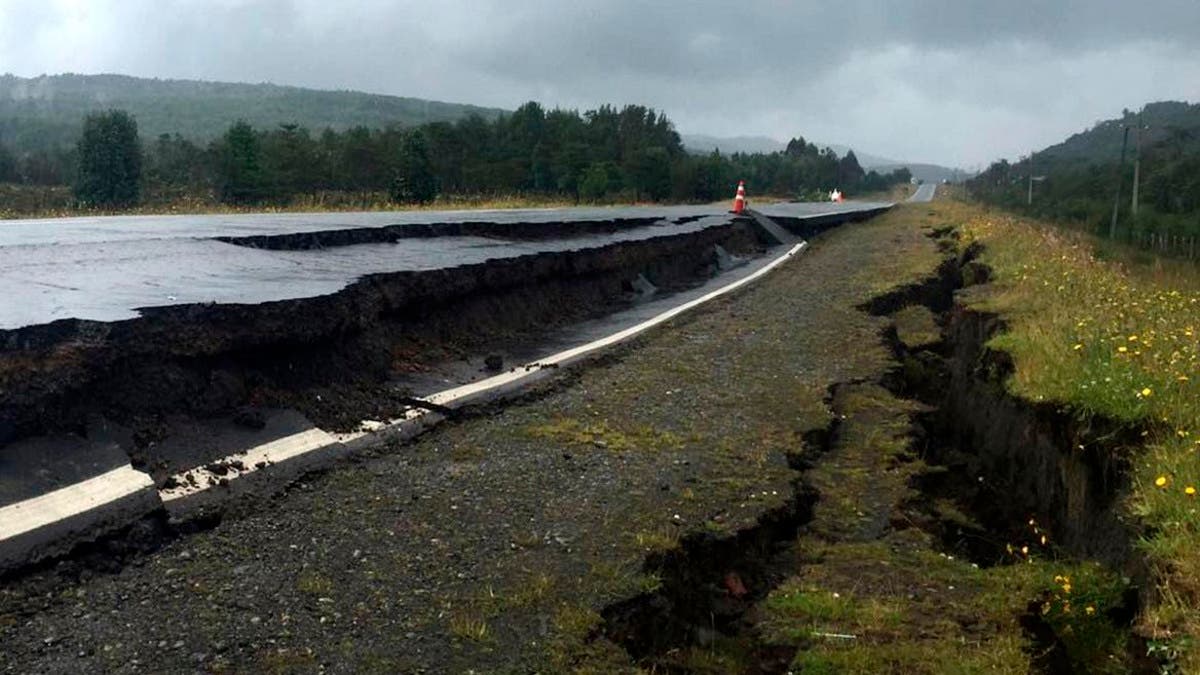

Although it caused mercifully few fatalities, this volcano broke all sorts of records: It blasted debris two-thirds of the way to space its ash cloud generated up to 200,000 lightning discharges per hour and the explosion itself was one of the most powerful ever recorded. Its mushroom cloud of ash and its local tsunami devastated the archipelagic Kingdom of Tonga. Then, on January 15, 2022, a mostly submerged volcanic cauldron in the South Pacific named Hunga Tonga-Hunga Ha‘apai unleashed a nightmarish roar. To corroborate the speculative idea that volcanoes’ sound or pressure waves could cause tsunamis, scientists needed to see another version of Krakatau play out in real time in the modern era - an awkward wish, to be sure. (A pressure wave whose frequency is in hearing range is known as sound.)

Computer simulations in 2003 further supported this, showing that Krakatau’s main tsunami, even where it did make its way through gaps in the continents to reach both the Pacific and Atlantic oceans, lagged behind tiny tsunamis in places like Hawai‘i, California and Alaska, which instead synced up with the faster pressure wave from the blast. The study’s authors speculated that some sort of coupling had taken place between this atmospheric disturbance and the water. A study from 1955, for example, found that the distant tsunamis correlated with the arrival of the pressure wave that propagated outward through the air from the eruption. Lacking any other explanation, scientists at the time blamed these far-flung tsunamis on coincidentally timed earthquakes.īut geophysicists in subsequent decades kept puzzling over the data. Somehow, small tsunamis lapped at the shorelines of countries in both the Pacific and Atlantic oceans, even though there didn’t appear to be any way Krakatau’s tsunami could have leapfrogged from the Indian Ocean over continents and into other ocean basins. While Indonesia bore the brunt of the damage, the Krakatau eruption had perplexing effects across the world. As much of the island blasted apart and splashed into the sea, a tsunami rose up and slammed into the nearby islands of Java and Sumatra, causing most of the eruption’s 36,000 fatalities. Episodic volcanic eruptions crescendoed in an explosion that sent debris 80 kilometers high and smothered 800,000 square kilometers of Earth’s surface in corrosive ash.

In August 1883, a mountainous island in Indonesia named Krakatau, or Krakatoa, self-destructed.


 0 kommentar(er)
0 kommentar(er)
